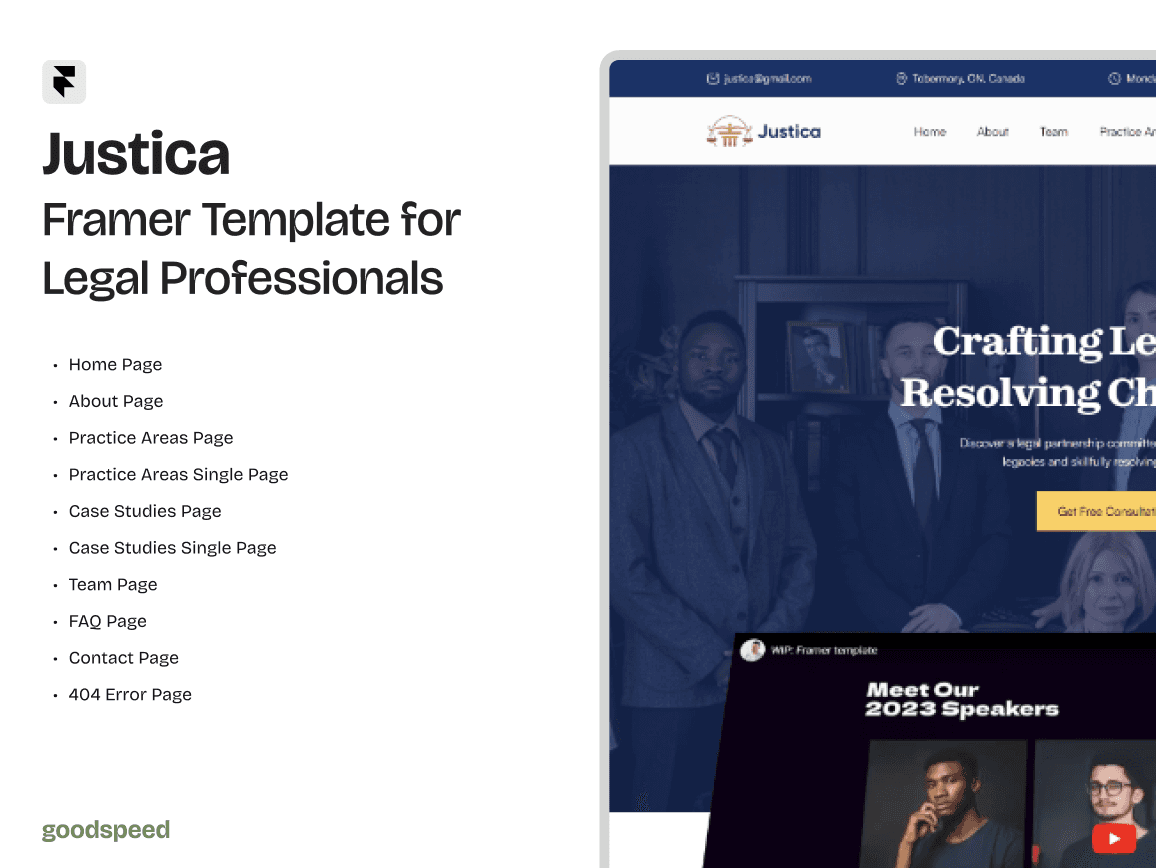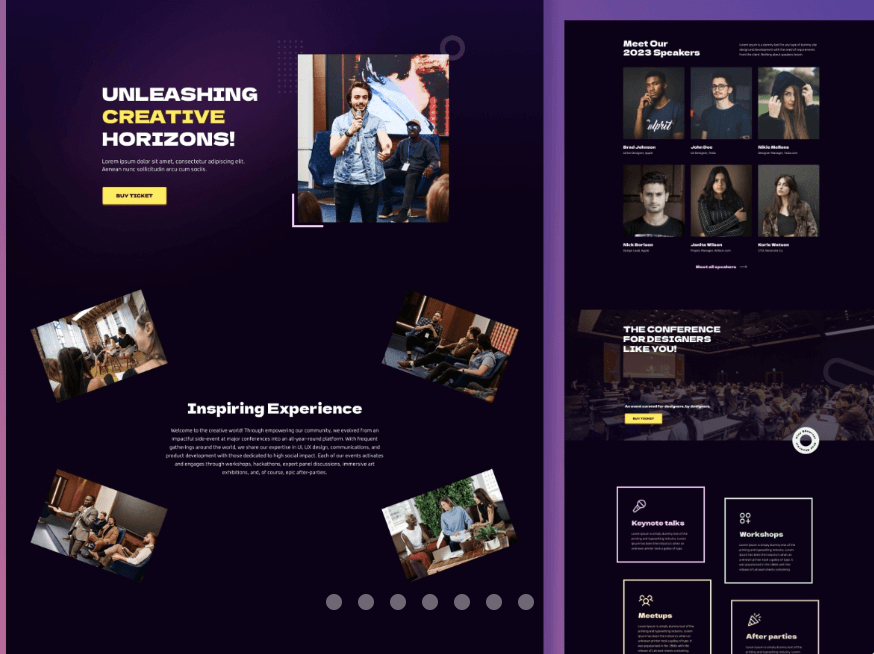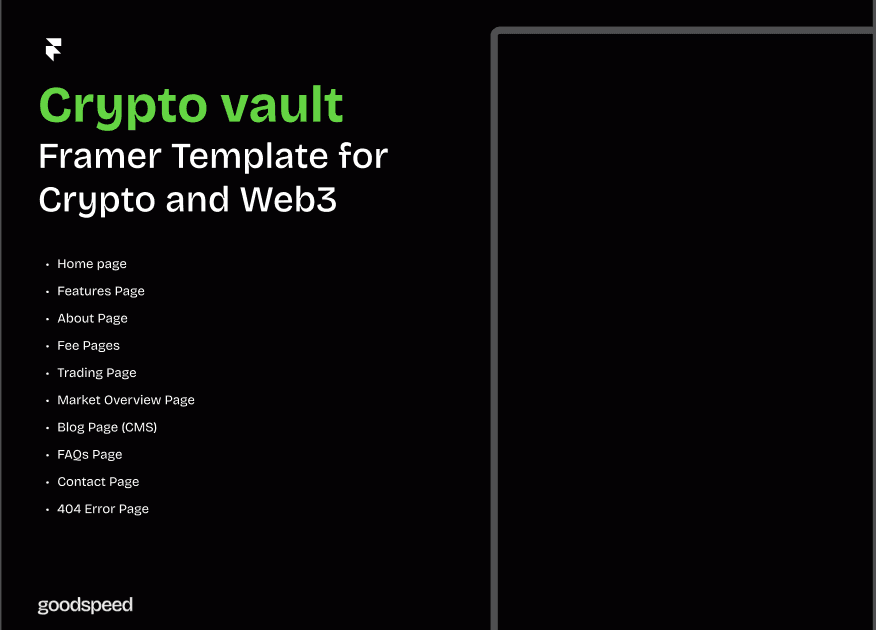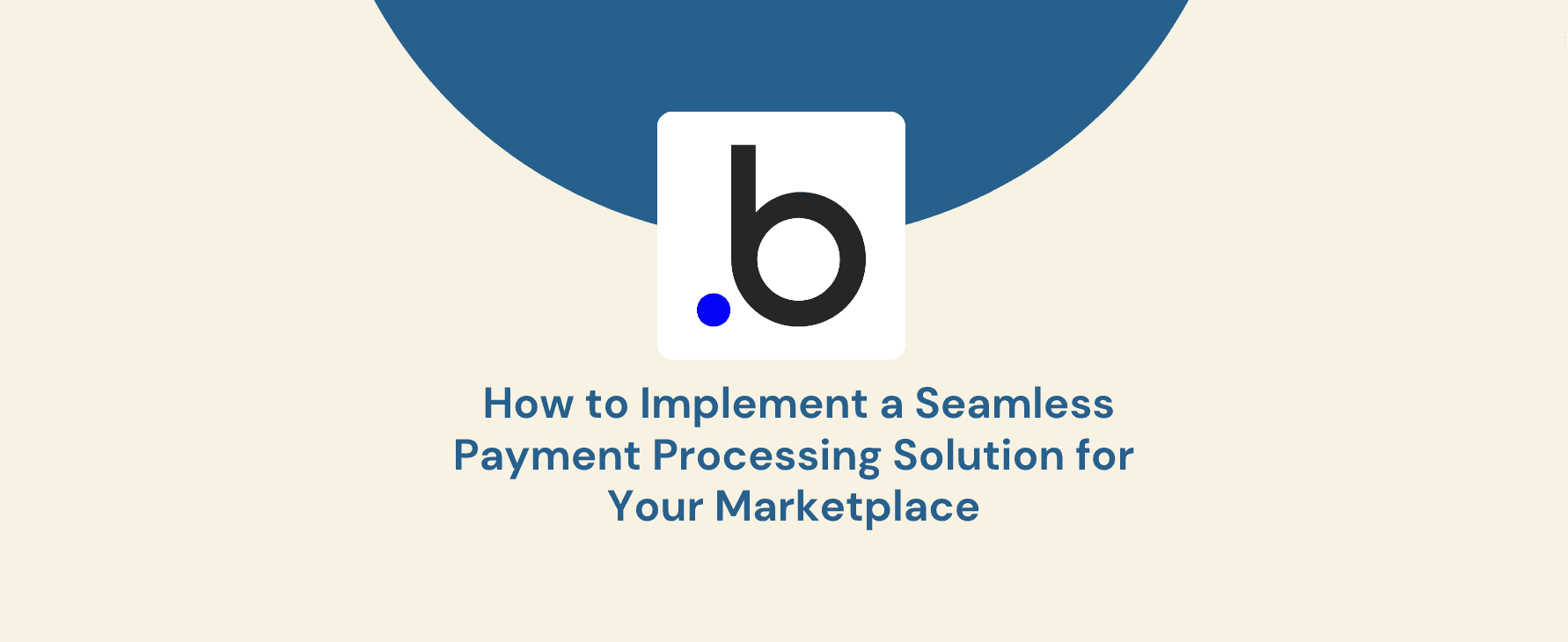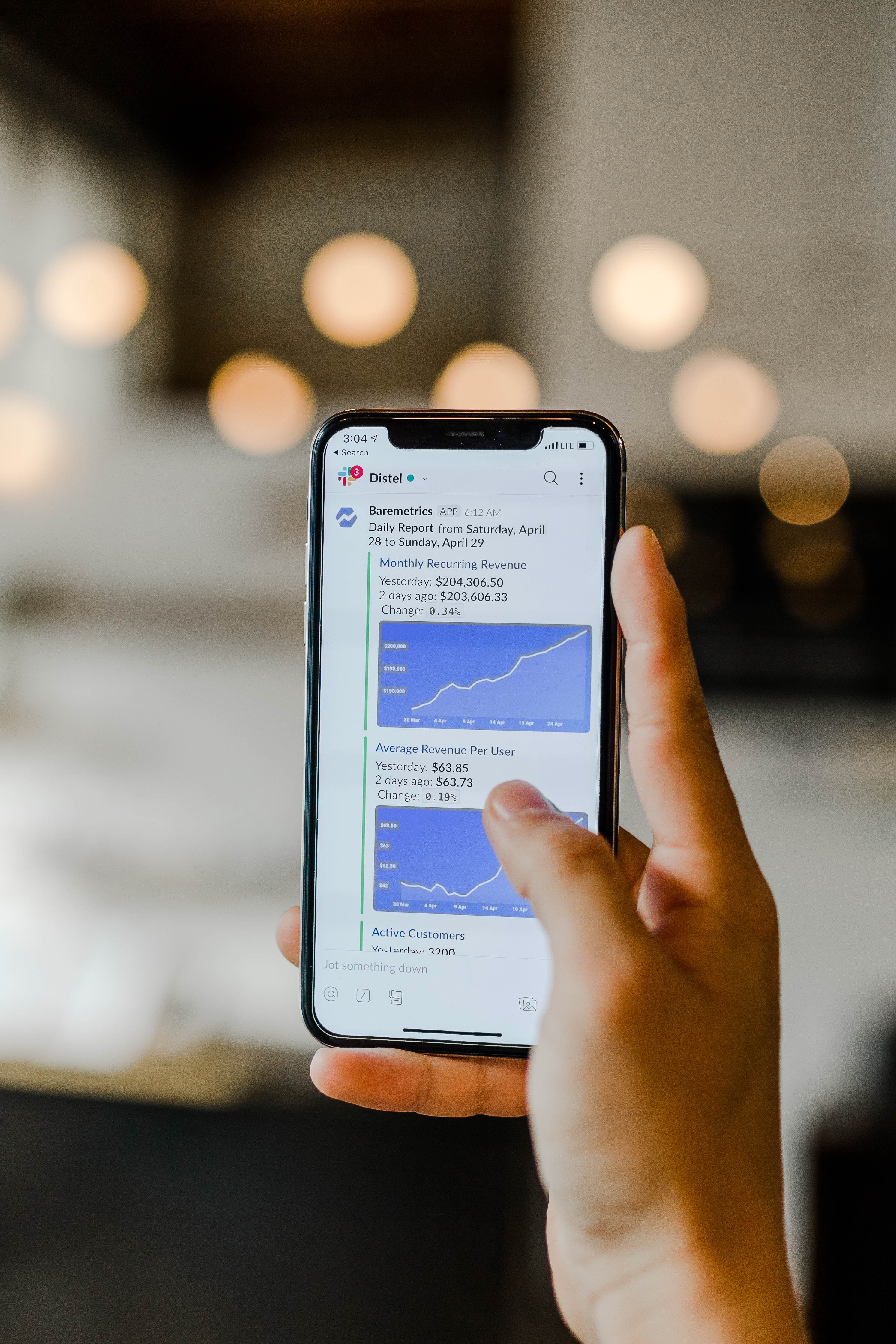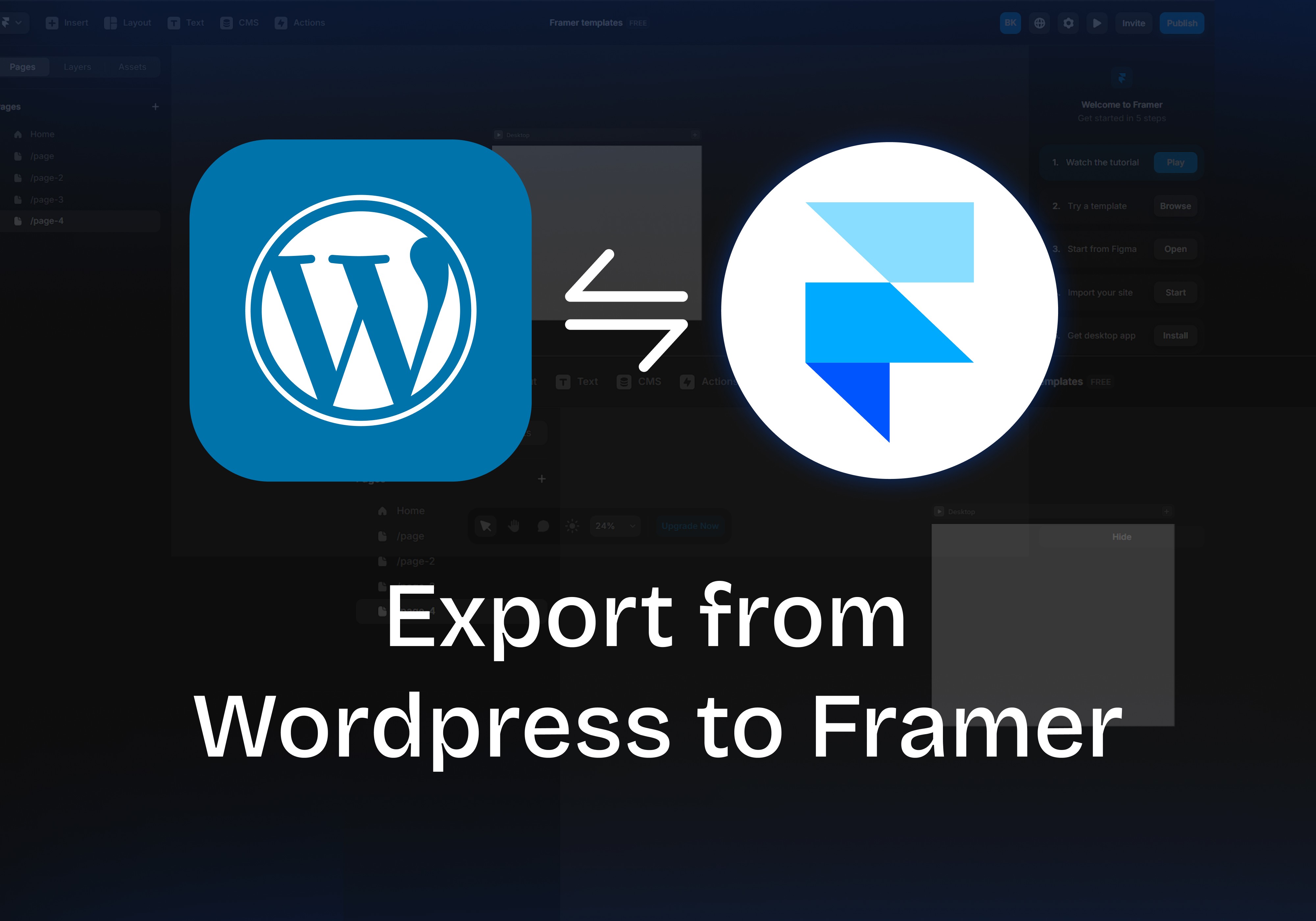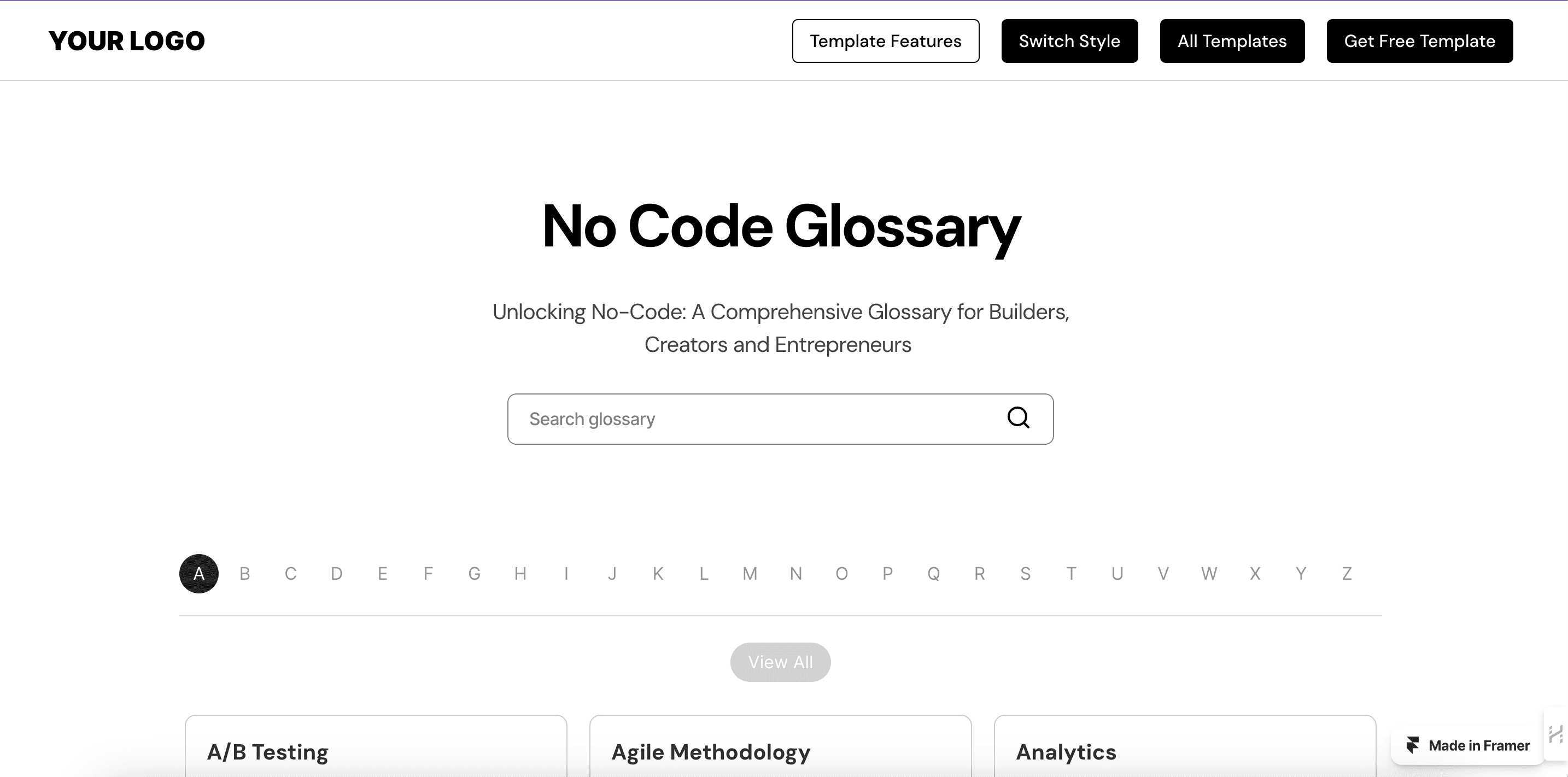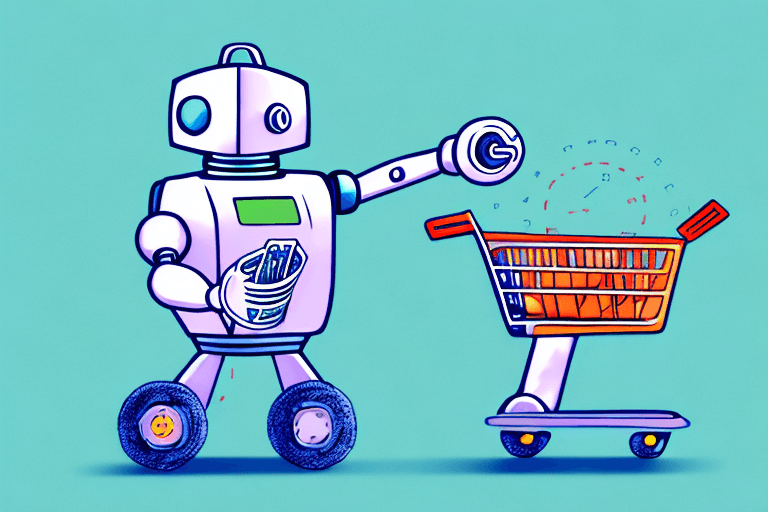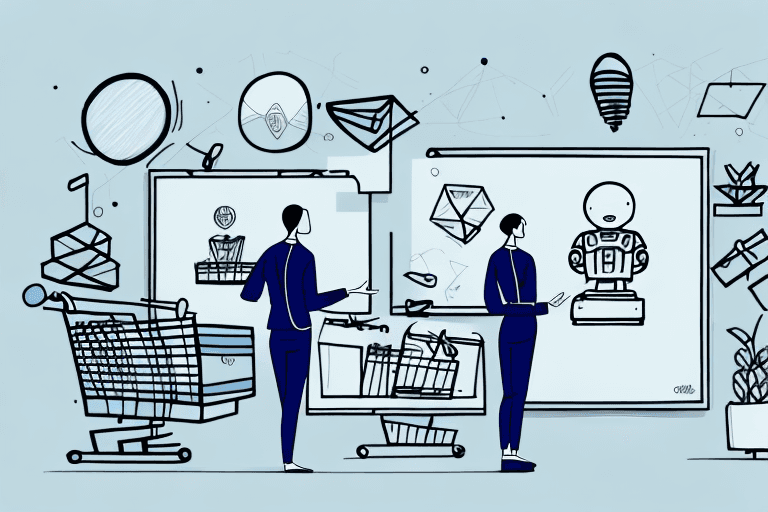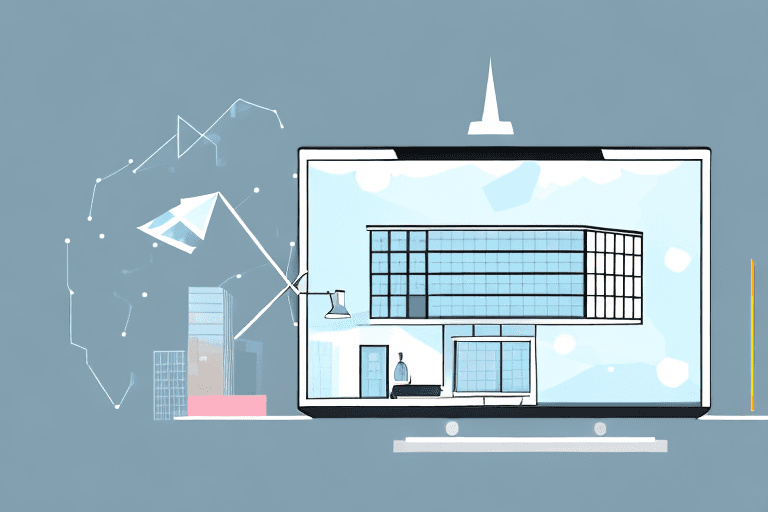Table of Contents
For startups, launching an MVP (Minimum Viable Product) is key to early validation and success. This article explores how Bubble.io, a no-code platform, empowers entrepreneurs to build and test their ideas quickly and efficiently.
Traditional MVP development often requires technical expertise and significant resources. Bubble.io disrupts this paradigm by offering a visual programming language that allows anyone, regardless of coding experience, to build web applications. This makes it perfect for startups to test their concepts, gather user feedback, and iterate rapidly without the hefty investment of time and code. By leveraging Bubble.io, entrepreneurs can focus on their core ideas and validate their business models before committing to full-fledged development, ultimately increasing their chances of success in the competitive startup landscape.
Understanding the Role of MVP (Minimum Viable Products) in Startups
Defining the MVP Concept
At its core, a Minimum Viable Product represents the initial version of a product with sufficient features to engage early-adopter customers. This strategic approach allows startups to receive rapid user feedback, iterate on the product, and make improvements based on market insights. However, a recent trend argues for going beyond the basic MVP and focusing on a Minimum Lovable Product (MLP). This concept emphasizes creating a product that, while still minimal in features, also aims to be delightful and enjoyable for users.
The goal is to develop only what is necessary, ensuring a cost-effective and efficient journey from idea to a refined product.
Significance in the Startup Ecosystem
For startups, the journey from conceptualization to market validation is fraught with challenges. The traditional development process can be time-consuming and resource-intensive. This is where the MVP concept becomes a game-changer. It provides a systematic method for startups to test hypotheses, mitigate risks, and pivot their strategies based on real-world user interactions.
In the startup world, time is of the essence. The faster a concept can be tested in the market, the quicker entrepreneurs can adapt and refine their ideas. MVPs serve as the experimental ground where startups can gauge user interest, identify pain points, and make informed decisions on further development.
Challenges in Traditional MVP Development
Despite the clear advantages of the MVP approach, startups often face challenges in the traditional development process. Coding an MVP can be a bottleneck, particularly for founders without a technical background. The need for specialized skills, time-consuming coding efforts, and the associated costs can hinder the agile and iterative development required in the startup environment.
However, the advent of no-code development platforms like Bubble.io has reshaped this landscape. These platforms empower entrepreneurs to build and iterate on their MVPs rapidly, even without extensive coding skills.
Introduction to Bubble.io
Revolutionizing MVP Web app Development for Startups
Bubble.io emerges as a transformative force in the realm of MVP development, providing a visual programming language and a no-code development platform. Founded with the mission of democratizing software creation, Bubble.io empowers individuals, especially those without coding expertise, to bring their ideas to life in the form of web applications.
Features and Capabilities
Bubble.io stands out due to its rich set of features that align with the needs of startups navigating the challenges of MVP development:
Visual Programming Interface:
Ease of Application Design: Bubble.io's visual programming interface simplifies the design of application logic and workflows with intuitive controls, catering to users without a technical background.
Drag-and-Drop Design:
Seamless UI Creation: The platform's drag-and-drop design functionality facilitates effortless addition and customization of elements like buttons, forms, and data structures for seamless user interface creation.
Database Functionality:
Efficient Data Management: Bubble.io's robust database functionality enables startups to efficiently store and manage data through visual operations, including defining data types and creating relationships.
User Authentication and Security:
Data Security Simplified: Bubble.io addresses security concerns by offering features for implementing user authentication and access controls, ensuring data privacy without intricate coding.
Integration of External APIs:
Seamless Third-Party Connections: Simplifying the integration of external APIs, Bubble.io enables startups to seamlessly connect with third-party services, enhancing MVP functionality by incorporating additional features and data sources.
Benefits of Using Bubble.io for MVP Development
Bubble.io stands out as a game-changer in the MVP development landscape, offering a multitude of benefits that cater to the specific needs of startups, fostering accelerated development, accessibility for non-technical individuals, and exemplifying success through case studies.
Accelerated Development
Visual Interface for Rapid Prototyping: Bubble.io's visual programming language speeds up prototyping with a drag-and-drop interface, enabling swift MVP creation without extensive coding.
Iterative Development and Quick Adjustments: The platform supports rapid iterations based on user feedback, crucial for lean startup methodology, allowing real-time adjustments for agility in responding to market changes.
No-Code Efficiency: By eliminating coding, Bubble.io significantly reduces development time, allowing startups to focus on refining features and enhancing user experience.
Accessibility for Non-Technical Individuals
Empowering Entrepreneurs Without Coding Skills: Bubble.io's accessibility empowers non-technical individuals to actively participate in the development process, democratizing software creation.
Reducing Dependence on Coding Expertise: Non-technical founders can take a hands-on approach, deepening their understanding of product development without facing barriers.
User-Friendly Learning Curve: The intuitive design of Bubble.io shortens learning curves, enabling entrepreneurs to focus on their vision rather than complex coding syntax.
Steps to Build an MVP with Bubble.io
Creating Your MVP: A Step-by-Step Guide
Building an MVP with Bubble.io is a straightforward process that aligns with the platform's no-code philosophy. Here's a step-by-step guide to help startups embark on their MVP development journey:
1. Define Your MVP's Core Features:
Begin by clearly defining the essential features that your MVP will showcase.
Identify the functionalities that directly address the problem or need your startup aims to solve.
2. Create an Account and Start a New Project:
Sign up for a Bubble.io account if you haven't already.
Initiate a new project within the platform, providing a name and defining the data structure for your application.
3. Design Your Database:
Utilize Bubble.io's intuitive database design functionality.
Define data types, relationships, and properties to structure your application's data effectively.
4. Build the User Interface:
Leverage the drag-and-drop interface to design the user interface of your application.
Add elements such as buttons, forms, and text fields to create a visually appealing and functional UI.
5. Set Up Workflows and Functionality:
Use Bubble.io's visual programming language to create workflows that define how your application responds to user interactions.
Implement functionality, such as user authentication, data manipulation, and external API integrations.
6. Utilize Pre-built Backend Workflows and the MVP Framework:
Explore pre-built backend workflows offered by Bubble.io to expedite development.
Leverage the MVP Framework, built on Bubble, for faster and simpler development of common features such as payment processing and user authentication.
7. Test Your MVP Iteratively:
Regularly test your MVP as you build, allowing for quick iterations and adjustments.
Gather feedback from potential users to inform further development.
8. Optimize for Responsive Design:
Ensure that your MVP's user interface is optimized for responsive design.
Bubble.io allows you to create applications that adapt seamlessly to various screen sizes and devices.
Tips and Best Practices for Efficient MVP Development on Bubble
Start Simple: Begin with basic MVP features, enabling quick adjustments based on user feedback.
Explore Documentation and Community: Refer to Bubble.io documentation and engage in community forums for valuable insights and collaborative problem-solving.
Utilize Conditional Logic: Implement dynamic user experiences with conditional logic in workflows.
Regularly Back Up Your Work: Safeguard progress with Bubble.io's version history and consistent data backups.
Stay Informed About Updates: Stay updated on Bubble.io's evolving features for enhanced MVP development.
Addressing Concerns and Criticisms
While Bubble.io and other no-code platforms have revolutionized MVP development, concerns and criticisms have emerged regarding the quality, scalability, and flexibility of products built using these tools. In this section, we will candidly address common concerns and provide strategies to optimize the use of Bubble.io for creating robust and successful MVPs.
Potential Drawbacks and Limitations of Bubble
1. Limited Customization and Design Flexibility:
Critics argue that no-code platforms may impose limitations on design flexibility, resulting in generic-looking applications.
Addressing the Concern:
While certain design constraints exist, Bubble.io allows for extensive customization using CSS for a unique and polished appearance.
Careful planning of the user interface and leveraging Bubble.io's design features can result in visually appealing MVPs.
2. Scalability and Performance:
Some skeptics question the ability of no-code platforms, including Bubble.io, to scale and perform optimally as user traffic increases.
Addressing the Concern:
Evaluate the performance of your application as it grows and optimize database queries and workflows.
Bubble.io provides export options for the application's code, allowing for potential transition to traditional coding for advanced features and scalability.
3. Learning Curve for Advanced Features:
Critics may argue that mastering advanced features within Bubble.io, such as custom plugins and API integrations, can be challenging.
Addressing the Concern:
Leverage the extensive Bubble.io documentation and community forums for guidance on mastering advanced features.
Consider enrolling in courses available on platforms like Udemy and Coursera to deepen your understanding.
Strategies to Overcome Challenges
Iterate and Test Rigorously:
Continuous Improvement: Conduct rigorous testing throughout MVP development, iteratively adjusting and refining the application based on user feedback for continuous improvement.
Blend No-Code with Traditional Coding When Necessary:
Flexibility for Advanced Features: While excelling in no-code development, Bubble.io allows startups to blend it with traditional coding for advanced features and scalability. Exporting code offers seamless transition options.
Community Engagement and Knowledge Sharing:
Insights Through Engagement: Actively engage with the Bubble.io community forums for knowledge sharing and insights, gaining valuable experiences to overcome challenges and optimize platform use.
Keep Abreast of Updates and New Features:
Stay Informed: Regularly check the Bubble.io blog and community forums to stay informed about updates and new features, ensuring awareness of the latest enhancements.
Plan for Scalability:
Optimize Infrastructure: As your startup grows, plan for scalability challenges by optimizing your application's infrastructure and considering export options for custom coding to meet evolving user base needs.
Comparisons with Traditional Coding Methods
No-Code vs. Traditional Coding: Finding the Right Fit
A crucial aspect of understanding the value of Bubble.io in MVP development is to compare it with traditional coding methods. Both approaches have their merits, and the choice depends on the specific needs and constraints of the startup.
Advantages of Bubble.io Over Traditional Coding
Rapid Development:
Accelerated MVP Creation: Bubble.io enables faster development than traditional coding, leveraging visual interfaces and pre-built functionalities to expedite MVP creation and iterative processes.
Accessibility:
Democratized Development: Bubble.io, as a no-code platform, democratizes development, allowing non-technical founders to actively participate and reducing dependence on specialized coding skills.
Lower Initial Costs:
Cost-Efficient Development: No-code development with Bubble.io often incurs lower initial costs, enabling startups to allocate resources efficiently for idea validation and product refinement.
Iterative Prototyping:
Visual Facilitation: The visual nature of Bubble.io facilitates iterative prototyping, allowing startups to easily modify and test different features in real-time based on user feedback.
Considerations for Traditional Coding
Customization and Complexity: Traditional coding allows unparalleled customization, making it suitable for complex applications with highly specific requirements.
Scalability: For startups with rapid growth expectations, traditional coding provides greater scalability through custom infrastructure and optimizations.
Learning Curve: While involving a steeper learning curve, coding provides a deeper understanding of software development, offering versatile skills beyond the scope of no-code platforms.
Additional Resources and Learning Materials
For startups venturing into MVP development with Bubble.io, accessing additional resources and learning materials is crucial. These resources serve as guides, tutorials, and references, aiding entrepreneurs in harnessing the full potential of the no-code platform.
1. Official Documentation:
Bubble.io's official documentation is a comprehensive resource, offering guides, tutorials, and FAQs with step-by-step instructions for various MVP development aspects.
2. Community Forums:
The Bubble.io community forums are a valuable space where entrepreneurs seek advice, share experiences, and collaborate, enhancing the learning curve for startups through engaging discussions.
3. Video Tutorials:
Bubble.io's official YouTube channel channel provides visual demonstrations through video tutorials, aiding startups in practical aspects of using the platform.
4. Online Courses:
For startups, the journey from idea to a validated product is a race against time. Bubble.io emerges as a catalyst, enabling startups to sprint rather than stumble through the development process. Its no-code approach not only accelerates MVP creation but also empowers a diverse range of entrepreneurs to actively participate in shaping their digital innovations.
The key takeaway is clear: the traditional barriers to entry in software development are crumbling. No longer confined to the realm of coding experts, the power to build and iterate lies in the hands of those with vision and determination.
Whether you're a seasoned entrepreneur or someone venturing into the startup world for the first time, the journey to your MVP begins with a single Bubble.
Ready to revolutionize your startup's MVP development? Let Goodspeed, a team of seasoned Bubble experts, unlock the full potential of your MVP. Supercharge your product journey by reaching out to Goodspeed today.
Frequently Asked Questions (FAQs)
Can I migrate my MVP from Bubble.io to traditional coding if my startup scales?
Yes, Bubble.io allows export options, providing a bridge for startups to transition to traditional coding for advanced features and scalability as their user base grows.
Is there a limit to the complexity of applications I can build on Bubble.io?
While Bubble.io is powerful, extremely complex applications may face scalability challenges. It's essential to assess the specific needs and scalability requirements of your startup.
Are there additional costs associated with using Bubble.io for MVP development?
Bubble.io offers various pricing plans, including a free tier. However, for advanced features and higher usage, startups may need to explore subscription-based plans.
What is MVP in the context of startup development?
A minimum viable product (MVP) is the most basic version of a product that allows you to collect the maximum amount of validated learning about customers with the least effort. For startups, an MVP is a crucial step to test the market demand for their product or service.
How can Bubble.io help in building a minimum viable product?
Bubble.io is a no-code platform that enables entrepreneurs and non-technical users to build fully functional and scalable web applications and mobile apps. Using Bubble.io, startup founders and developers can quickly prototype and launch their MVPs without the need for traditional coding.
What are the advantages and disadvantages of using Bubble for MVP development?
When it comes to MVP development, Bubble offers several advantages such as rapid prototyping, no-code development, and the ability to validate startup ideas. However, potential disadvantages may include limitations in scalability and complex workflow management.
How does Bubble.io allow users to build fully functional web applications without coding?
Bubble.io is a no-code app builder that simplifies the app development process. It offers a no-code solution that helps startups and entrepreneurs in creating an MVP and launching their web applications and mobile apps without writing a single line of code.


